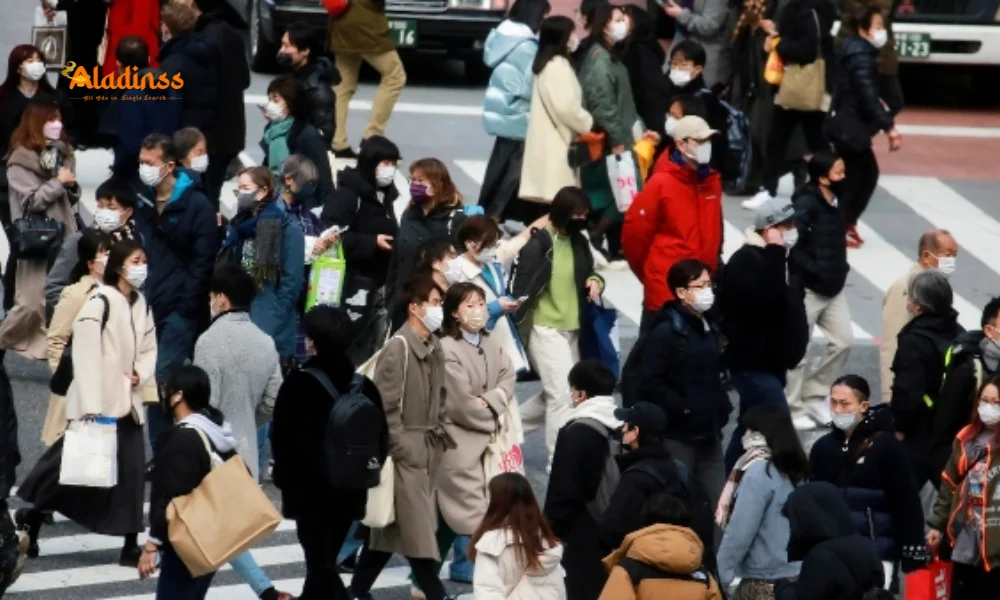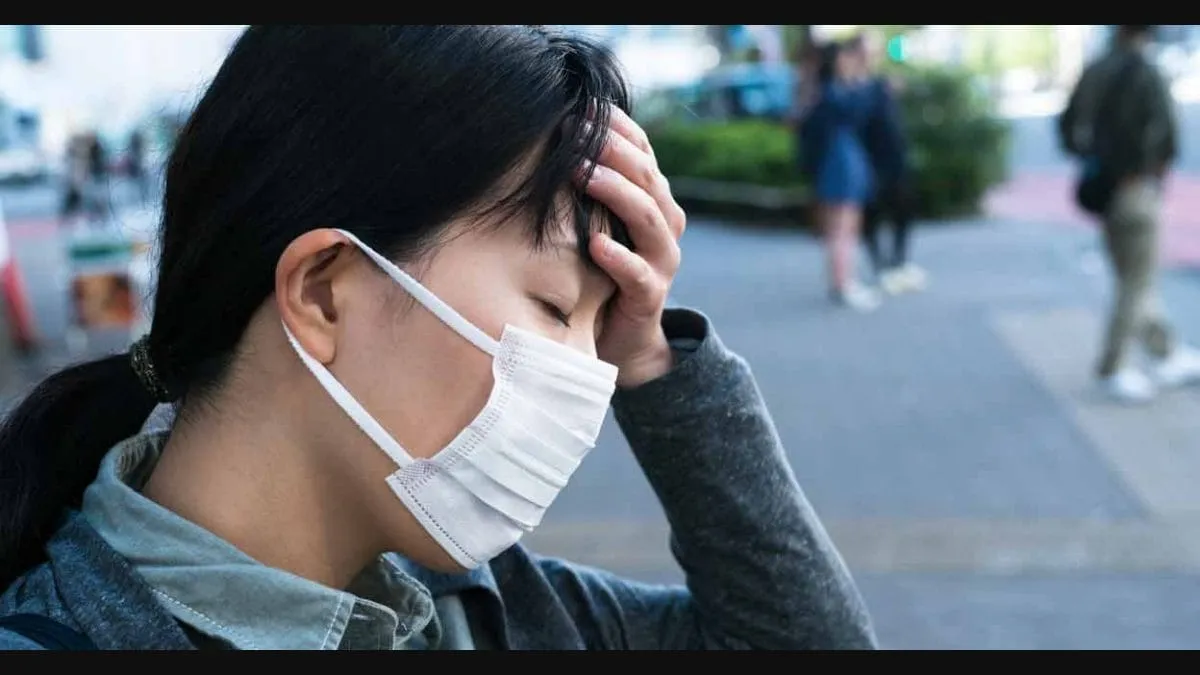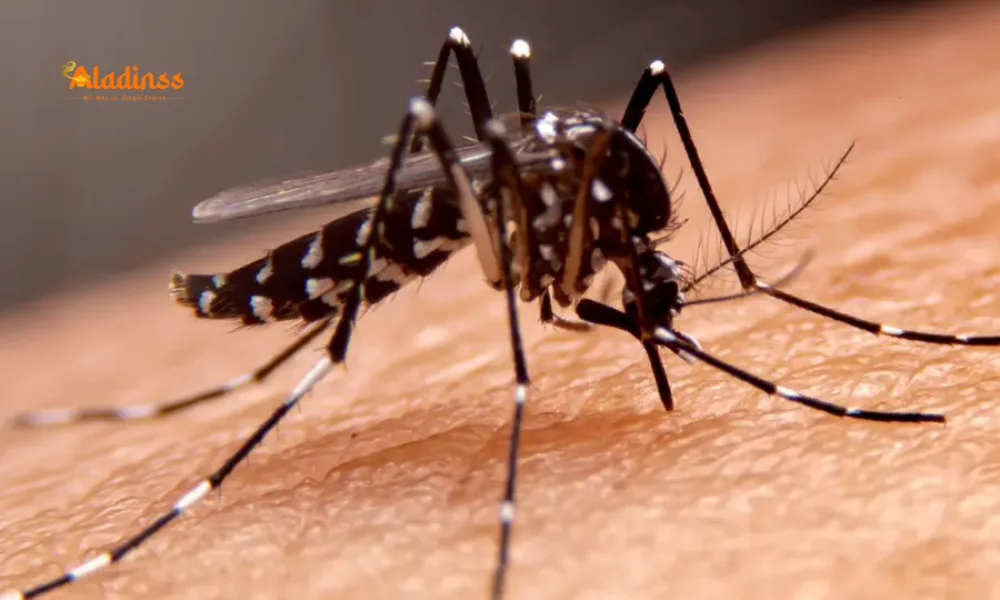Japan Flu Outbreak 2025: Early Surge & Alert

Japan Faces Early Seasonal Flu Crisis: Nationwide Alert Sparks Global Concerns Over COVID-Like Symptoms

In a development that has sent ripples across international health circles, Japan is battling an unusually early surge in seasonal flu cases, prompting a rare nationwide epidemic alert. As of mid-October 2025, reports indicate over 6,000 hospitalizations linked to fever, coughs, and colds, pushing the national infection rate beyond critical thresholds. This Japan flu outbreak arrives well ahead of the typical late-November peak, raising alarms about the role of global climate change in accelerating seasonal illnesses. Health authorities are urging mask-wearing, hand hygiene, and vaccinations to curb the spread, especially among vulnerable groups like children and the elderly.
The timing couldn't be more unsettling, with symptoms mirroring those seen in the initial waves of COVID-19-fever, persistent coughs, and fatigue. While officials emphasize this is primarily a seasonal flu variant, the unidentified exact pathogen has fueled speculation and fear worldwide. Japan's health ministry confirmed on October 10 that patient loads per facility have exceeded one per hospital, a benchmark triggering the alert. This has led to the closure of more than 100 schools and kindergartens, alongside recommendations for remote work to minimize transmission.
Experts attribute the premature onset to shifting weather patterns, with warmer autumn temperatures creating ideal conditions for viral proliferation. "This is the second such early episode in two decades, but climate dynamics make it unsurprising," noted Dr. Yoko Tanaka from Hokkaido Health Sciences University. Her insights highlight how unseasonal monsoons and humidity spikes are disrupting traditional flu timelines, potentially setting a precedent for future outbreaks.
Also Read: Cloves Side Effects: Who Should Avoid Them
Understanding the Surge: What Triggered Japan's Flu Outbreak?
The roots of this early flu season in Japan trace back to environmental shifts exacerbated by climate change. Typically, Japan's flu season aligns with the colder months from December to March, but this year, anomalous weather has brought forward the viral wave. Meteorological data shows October temperatures lingering 2-3 degrees above average, coupled with erratic rainfall patterns reminiscent of monsoon conditions. These factors create a humid, temperate environment where respiratory viruses thrive, bypassing the usual winter chill that naturally suppresses them.
Public health surveillance systems detected the uptick in late September, with sentinel clinics reporting a 40% increase in influenza-like illnesses compared to the five-year average. By early October, the national dashboard lit up with alerts as case numbers crossed the epidemic threshold-defined as 1.0 patients per monitored facility. This metric, honed over decades of tracking, underscores the severity: last year's peak barely grazed 0.8 nationwide.
Urban centers like Tokyo and Osaka bear the brunt, where dense populations accelerate transmission. Commuter trains, packed schools, and bustling markets serve as unwitting hotspots. Yet, rural areas aren't spared; Hokkaido, for instance, saw a 25% rise in cases, prompting localized school shutdowns. The health ministry's response-coordinated through prefectural offices-includes stockpiling antivirals and ramping up testing kits, but supply chains are strained amid global demand.
Symptoms and Vulnerabilities: Echoes of COVID in the Current Crisis
At the heart of public anxiety is the overlap with corona symptoms. Patients describe sudden fevers climbing to 101°F, dry coughs that linger for days, and profound exhaustion-hallmarks that once defined the pandemic's terror. Diagnostic challenges persist, as rapid tests for influenza A and B return positive in only 60% of cases, leaving a gray area for novel strains. Virologists suspect a cocktail of rhinoviruses and early influenza variants, but genomic sequencing is ongoing to pinpoint the culprit.
Vulnerable populations face the gravest risks. Children under 10, whose immune systems are still maturing, account for 35% of pediatric admissions. The elderly, particularly those over 65 with comorbidities like diabetes or heart disease, comprise another 40%, often progressing to pneumonia. Immunocompromised individuals round out the high-risk cohort. For the healthy majority, however, the illness manifests mildly: a three-to-five-day bout resolved with rest and hydration.
- Fever and chills: The most common opener, lasting 2-4 days.
- Cough and sore throat: Persistent but non-productive in most cases.
- Fatigue and body aches: Disabling yet short-lived for non-vulnerable groups.
- Occasional headaches or runny nose: Adding to the discomfort but rarely severe.
This symptom profile, while alarming in its familiarity, differentiates through lower hospitalization rates-currently at 0.5% of confirmed cases versus COVID's early 2-3%. Still, the psychological toll is evident; social media buzzes with #JapanFluOutbreak posts, blending concern with calls for vigilance.
Government Response: From School Closures to Public Health Mandates
Japan's playbook, refined through years of pandemic preparedness, swung into action swiftly. The nationwide alert, a level-2 escalation on the four-tier system, empowers local governors to enact tailored measures. Over 120 educational institutions shuttered temporarily, shifting to online classes to protect young learners. Corporate Japan followed suit, with firms like Toyota and SoftBank endorsing flexible work policies-echoing remote setups from the COVID era.
Mask mandates returned to public spaces, a cultural norm that saw compliance rates soar to 90% within days. Hand sanitizers dot entrances, and contact-tracing apps ping users of potential exposures. The ministry allocated ¥5 billion for vaccine drives, prioritizing high-risk demographics. Free flu shots, available since September, have seen a 20% uptake boost, though experts call for broader coverage to blunt the curve.
International collaboration is ramping up too. The WHO dispatched advisors to Tokyo, sharing surveillance data with Asia-Pacific neighbors. Border screenings for travelers from Japan now include thermal checks, mindful of the global epidemic potential if unchecked.
Expert Insights: Climate Change and the New Normal for Seasonal Flu
Dr. Tanaka's commentary resonates amid a chorus of voices. "Global warming isn't just melting ice caps; it's rewriting disease calendars," she elaborated in a recent briefing. Studies from the Japan Meteorological Agency corroborate this, linking a 1.5°C rise in autumn averages to a 15-20% earlier flu debut. Comparable patterns emerged in Europe last year, where mild winters preceded summer surges.
Researchers at the National Institute of Infectious Diseases are sequencing samples, hunting for mutations that might explain the virulence. Preliminary findings suggest enhanced transmissibility, possibly from cross-species jumps in altered ecosystems. Funding for such probes has doubled, reflecting Japan's commitment to preemptive science.
On prevention, consensus is clear: layered defenses work. Beyond masks and washing, ventilation in enclosed spaces cuts risk by 30%, per ventilation studies. Community education campaigns, broadcast via NHK, emphasize early detection-fever over 100.4°F warrants isolation and testing.
Broader Implications: Lessons for Global Health Security
This fever outbreak in Japan isn't isolated; it's a harbinger. As monsoons intensify worldwide, expect synchronized off-season spikes in dengue, malaria, and now flu. In India, concurrent dengue rises in Tamil Nadu underscore interconnected threats-tropical rains fostering mosquito and viral booms alike.
Economically, the toll mounts: lost school days disrupt learning, while absenteeism dents productivity-estimated at ¥100 billion in potential GDP hit. Tourism, a ¥50 trillion pillar, wavers as visitors weigh risks. Yet, resilience shines; Japan's 99% mask adherence during peaks models adaptive behavior for others.
Looking ahead, integrating climate modeling into health forecasts could mitigate future waves. International pacts, like the Paris Agreement's health annex, gain urgency. For now, Japan's grit-rooted in collective discipline-offers hope amid uncertainty.
As cases stabilize under interventions, the focus shifts to recovery and readiness. This episode, while daunting, reinforces that proactive measures can tame even accelerated threats. Stay informed, stay protected-because in an era of flux, vigilance is our strongest shield.
Comment / Reply From
No comments yet. Be the first to comment!






